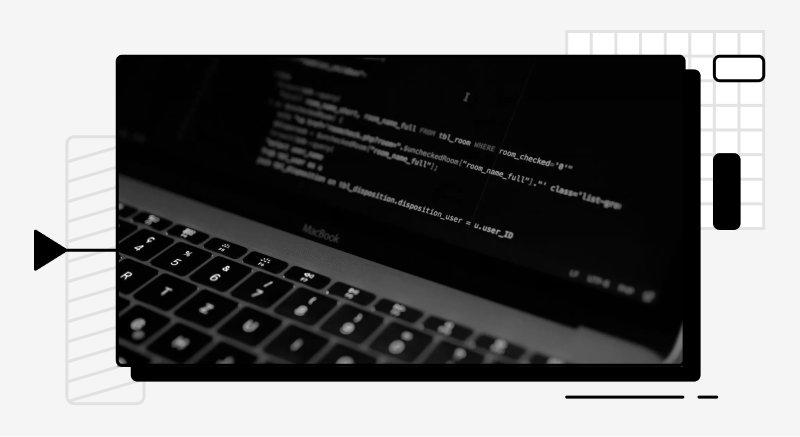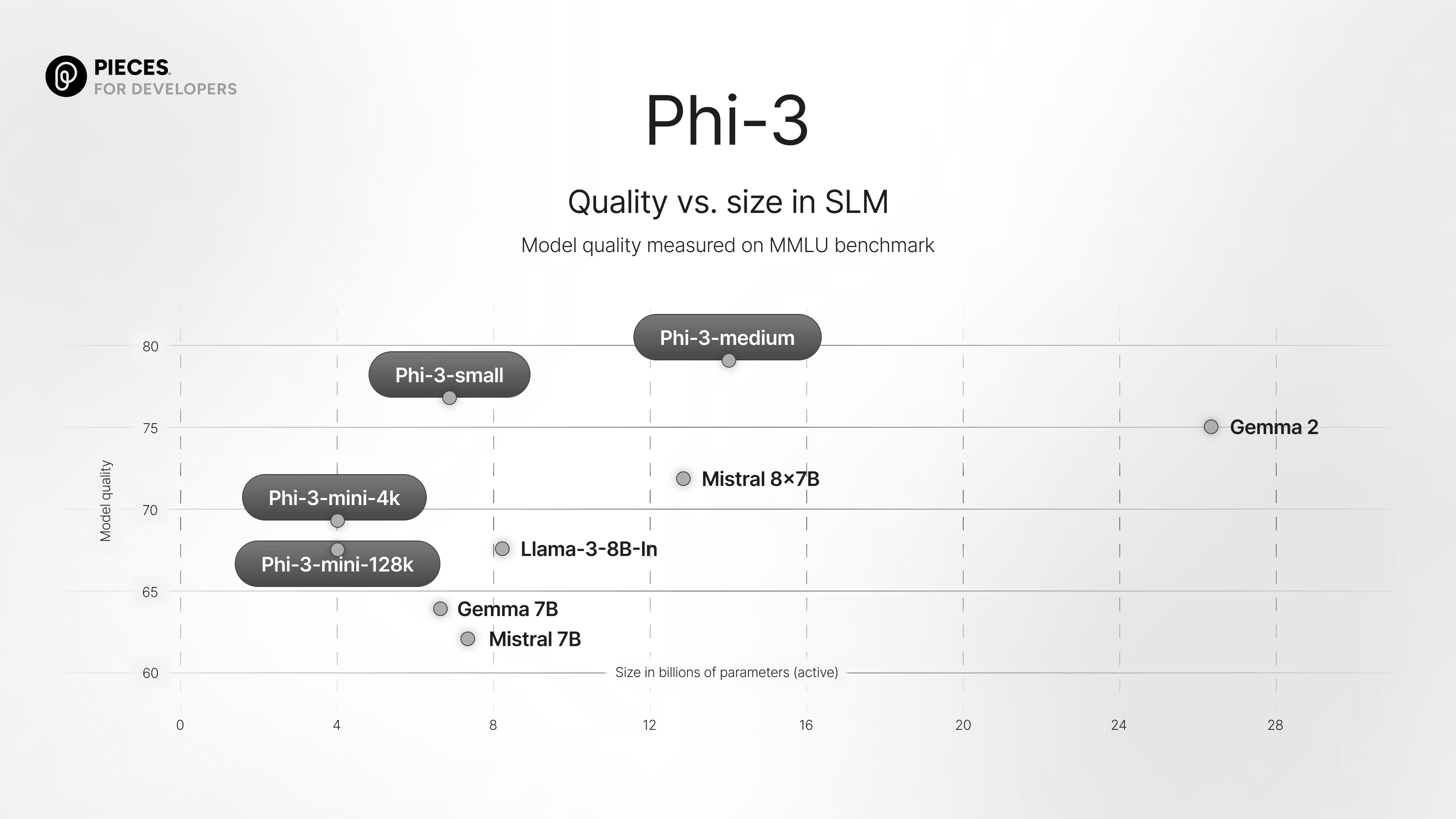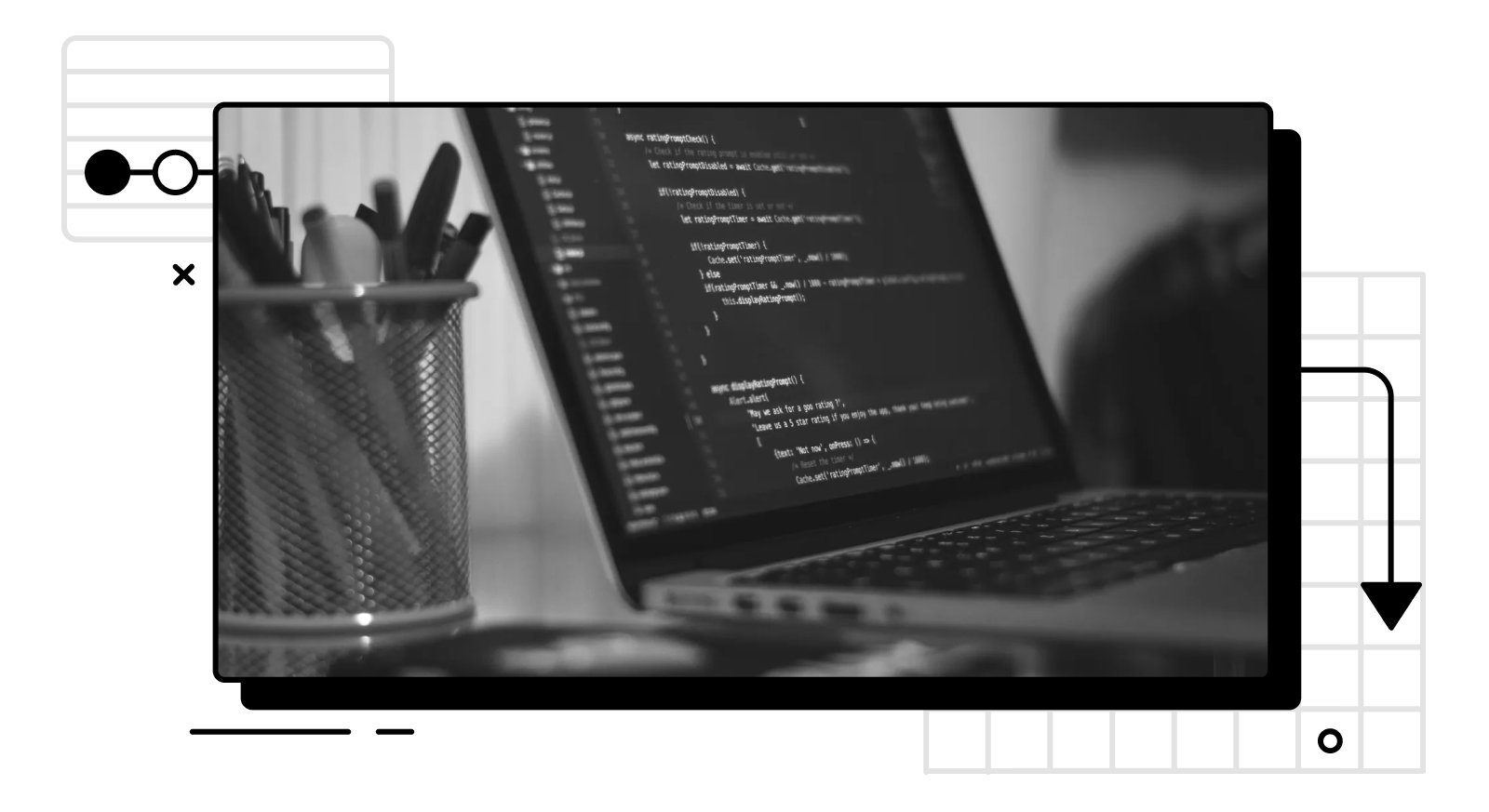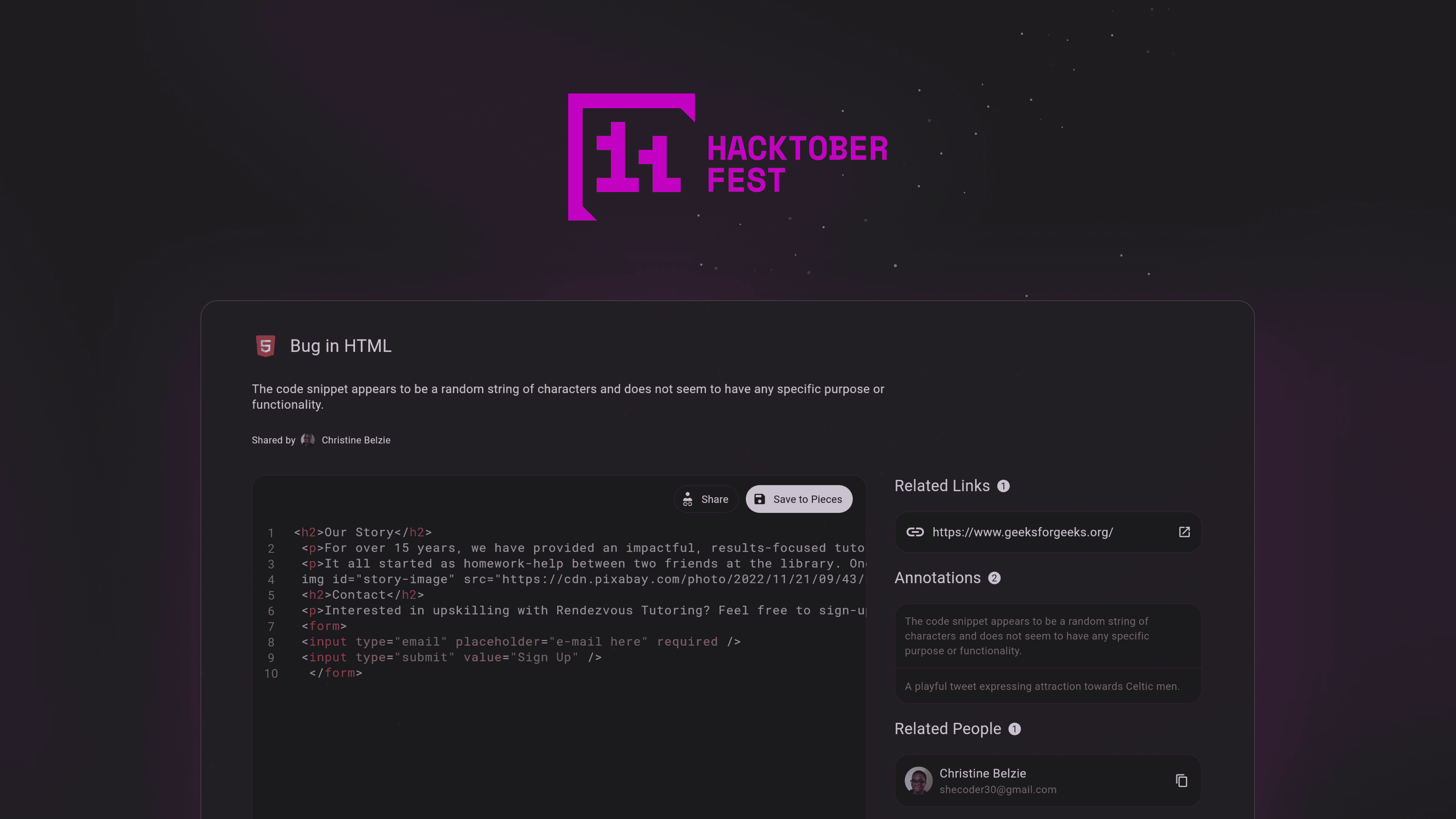Back
Understanding AI Code Analysis and Real-Time Performance Monitoring
Leveraging AI code analysis tools like Pieces can help you save time, optimize your code, and quickly detect bugs.
Real-time code monitoring can be a time-consuming endeavor. You must continuously look at output and analyze risks, making immediate changes as needed. Paying careful attention helps developers catch problems and bottlenecks and fix issues before they become significant problems. This improves the code's quality and, by extension, the finished product.
AI code analysis changes the playing field and makes monitoring more hands-off.
What Is AI Code Analysis?
Advances in machine learning make AI code analysis tools valuable in the 2020s and likely far beyond. Artificial intelligence automates reviewing code for possible bugs, errors, and vulnerabilities.
Generative AI has become more commonplace in the past few years, but the industry still has a lot of room for growth. One area where AI takes center stage is software development. How effective is it at changing lines of code and automating processes, though?
In a study of over 153 million lines of AI code changes, researchers found that while AI assistance was good at creating code, it didn't always perform as well as expected weeks later. Fast coding has some advantages, such as when you're working alone on a deadline or need checks and balances. However, you will find limitations to AI-generated code.
On the other hand, analysis allows you to catch and rework mistakes manually so the code matches the rest of the project. Consider it a silent editor, working in the background and finding errors so you can fix them before the software goes to market.
How Can You Use AI Code Analysis in Real-Time?
Code analysis AI tools look at running software applications and spot problems. As the machine learns how the program works, it will better find and fix errors and optimize performance. While you can automate the fixes, it is best to set AI code analysis programs to make recommendations. That way, you can ensure the program continues to function as intended for the long term.
Utilizing AI for code analysis speeds up the review process. You can also scale up as you add features to the software. Human reviewers may tire after scanning through lines of code for hours, but AI keeps going 24/7. It can work while the developers sleep. AI can look at data from different stops and starts, comparing and finding patterns that might be generated from poorly written code.
AI Code Analysis With Pieces
It may be easier to understand AI code analysis workflows when looking at a specific example. Pieces is one of the most popular AI tools for code analysis, though you can use it throughout the software development process where it functions mainly as a copilot to assist your work rather than automating it entirely.
You start by choosing a specific model based on your particular needs. From there, it learns from your coding patterns and regular activities to make more relevant suggestions and tailor its automated features to your needs.
How much Pieces automates depends on how you use it. You can ask it to generate new code, extract code from screenshots, search your existing code for specific elements, scan for bugs, or suggest AI code refactoring possibilities. It can also annotate or visualize code snippets to improve documentation or explain software functionality to other stakeholders.
Pieces only takes over what you tell it to, which is key to safe AI code analysis. You can choose what to automate and what to handle manually to achieve the optimal balance between reliability and efficiency.
Examples of How Brands Are Using AI Code Analysis
Brands already use code analysis AI to change how they serve their target audiences. Some of the ways they’re tapping into AI include the following.
Performance Optimization
Developers sometimes work outside the coding languages they know best. While some similarities exist between code types, syntax nuances can lead to bugs and low performance. Use AI to find future performance issues and predict problem areas.
AI can help you write stronger code by predicting failures or burps. Machines can also sort through the program's historical performance and find patterns to help ensure the software remains helpful. It can isolate critical code sections and show ways to increase speed and performance.
Bug Detection
In the past, AI static code analysis programs needed help finding bugs in the system. The larger the codebase, the harder it was to find subtle issues. Tapping into the power of machine learning and AI algorithms leads to faster analysis. AI can track the program as users navigate the steps, identify potential bugs, and suggest ways to fix the problem based on patterns in the database.
Recommendations
McKinsey estimates developers can create software twice as fast by tapping into the power of AI. At first, AI-driven monitoring may seem bothersome and time-consuming. Some of the suggestions will be out in left field. However, as the machine learns and the programmers explain the code’s semantics and the program’s intent, the computer will offer more reliable suggestions for improving performance.
The computer's suggestions become more valuable over time. A central program that continuously monitors changes and applies patterns is helpful when working with multiple developers. AI can make maintenance more scalable.
Tips to Implement AI Into Your Analysis Processes
How can developers seamlessly insert AI code analysis into their processes?
Use AI as a tool but rely on human expertise for final decisions.
Teach AI to respect industry standards and privacy laws. AI is a program that only understands what you input. Take the time to teach it in the early stages of development and it will become a crucial tool as the software takes shape.
Know what you want AI to achieve. Do you want it to monitor for and report errors or fix them in milliseconds?
Train everyone on the project on how to use the tools.
Carefully assess which AI code analysis tools do what you want.
Utilize AI to conduct testing in the background, speeding up development.
The best AI for code analysis should integrate into the process you already use to create new programs. Everyone on the team should agree on best practices and follow them to train the machine to function appropriately.
Leverage AI Code Analysis for Efficiency
New AI advances are changing how businesses operate, especially in code monitoring. Machine learning brings new abilities and ongoing improvement that will take coding to a new level in the coming years. Developers can better analyze their language models for errors and create software for clients.
Programs will be more secure, less glitchy, and more easily integrated with existing products. Users can enjoy higher-quality products with fewer problems. AI source code analysis combined with the human factor leads to intuitive designs that function precisely as intended.






